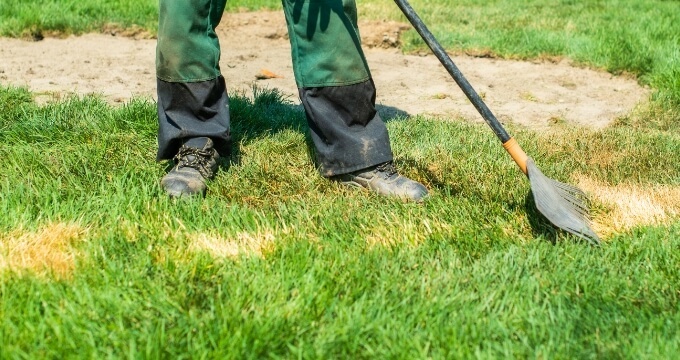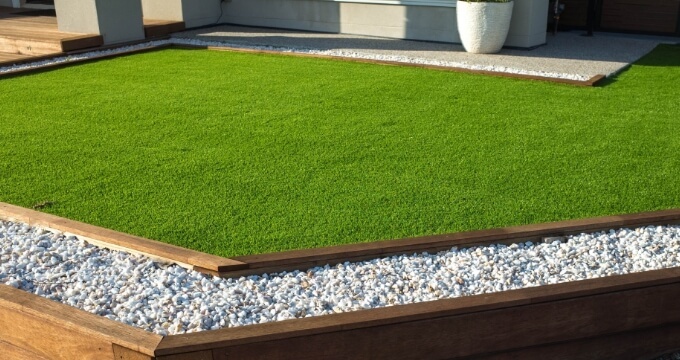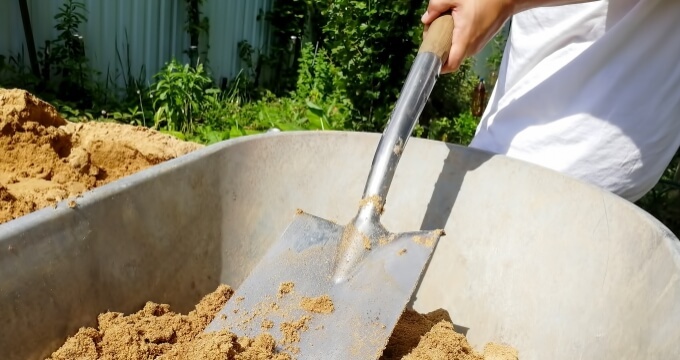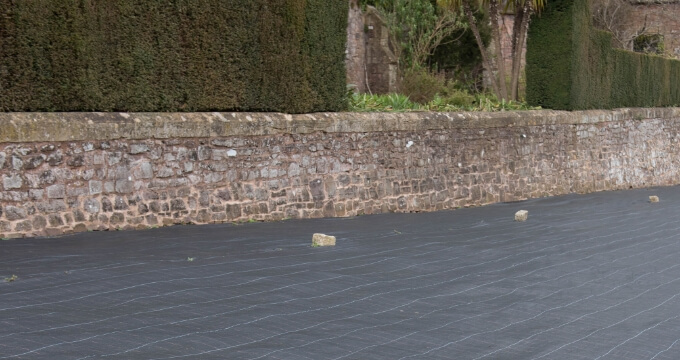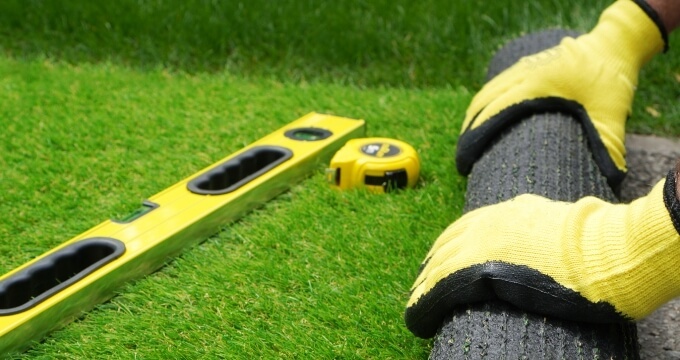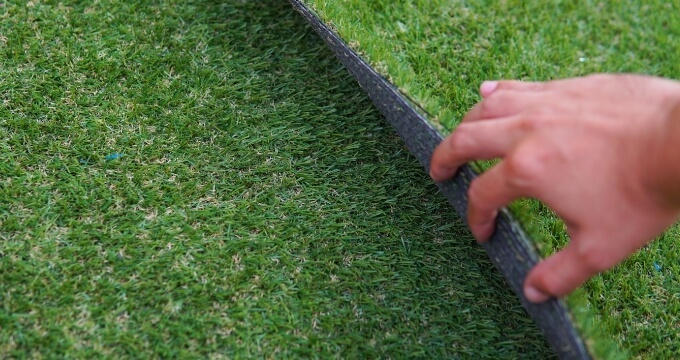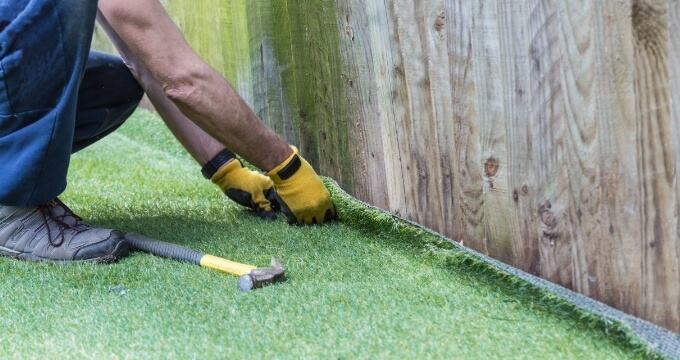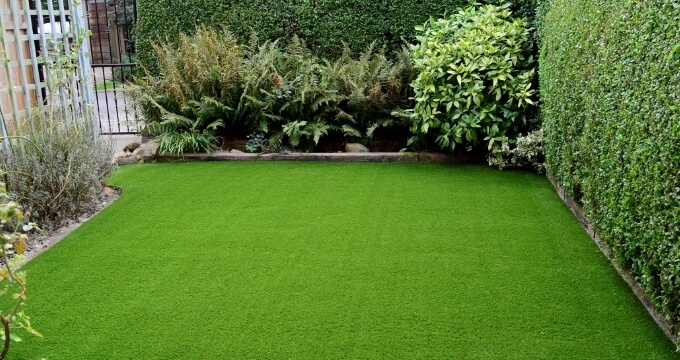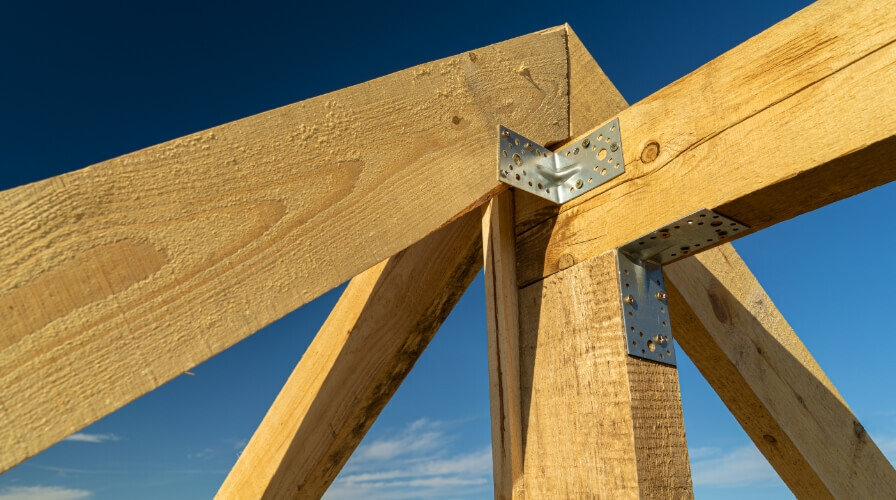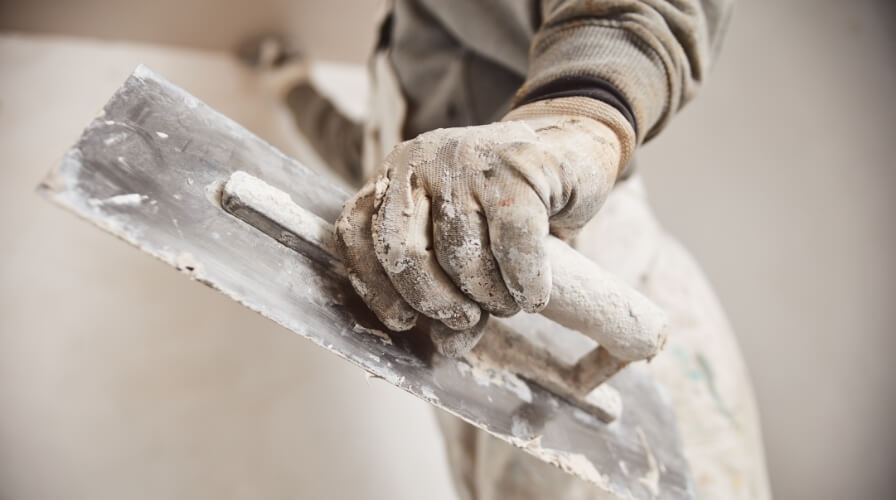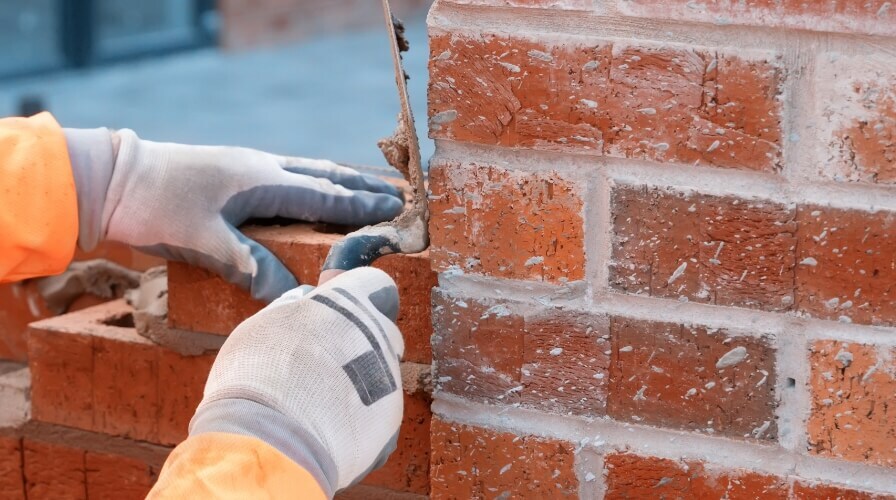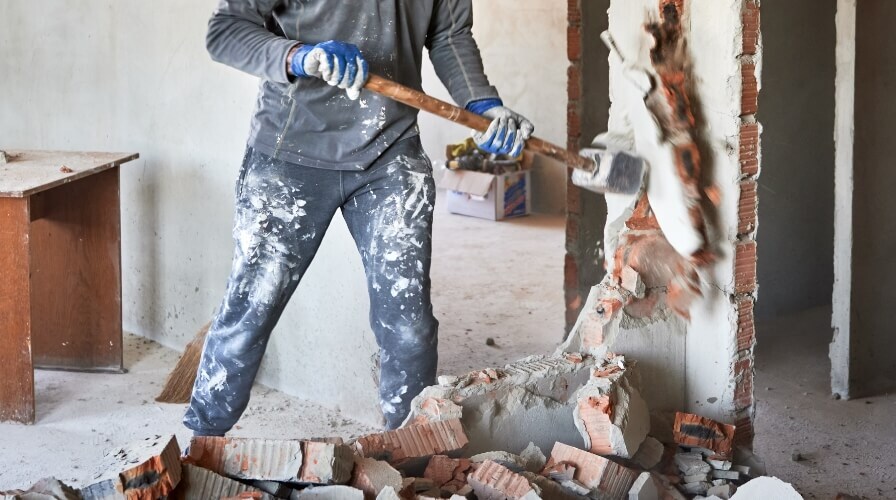How to lay artificial grass: A quick guide
Artificial grass is about convenience. It’s a time-saving alternative to a natural lawn which lets people can enjoy a beautiful garden without the need to fertilise, mow or water their lawns.
The practicality of artificial grass, combined with changes in the UK climate, has seen its popularity skyrocket in recent years. Research from Aviva has shown that one in 10 homeowners with outside space has replaced at least some of their garden’s natural lawn with artificial grass.
And that means a big chunk of people are potentially thinking about swapping natural grass for synthetic turf.
Artificial grass can last 15-20 years, but this depends on many factors, including the installation quality. Laying artificial grass in a garden can be a bit trickier than it looks, so hiring a professional to install artificial grass will help avoid costly mistakes and ensure a lush-looking lawn.
How much artificial grass do I need?
Before removing the existing turf, measure the garden to determine how much artificial grass you need to order. Like a carpet in a house, synthetic grass is measured in m², so work out the length and width of the area you plan to cover and multiply them to get your total. Always allow for extra length, as you will lose some when trimming and fitting.
Artificial grass often comes in rolls that are 2m or 4m wide, so consider this when measuring to minimise joins and keep installation simple.
You can measure the size of the garden by mapping it out on a grid system or do a rough sketch on paper and use a tape measure.
Remember, it’s always best to double-check your measurements, so don’t place an order until you are 100% satisfied with your measurements. As well as a tape measure to see how much m² of artificial grass you’ll need, the right tools for the job will make installing artificial grass straightforward.
How to lay artificial grass on soil
The key steps for laying artificial grass on soil.
